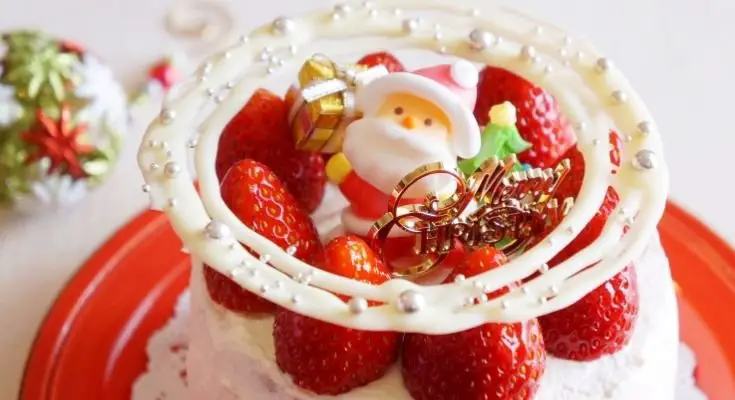Christmas cake is an English dish that started as plum porridge hundreds of years ago. People consumed the porridge on Christmas Eve, using it to fill their tummies after fasting for the previous 24 hours. It wasn’t long before dried fruit, spices, and honey were added to the porridge mixture, and the result was Christmas pudding.
Oatmeal was eliminated from the original recipe in the 16th century, and butter, wheat flour, and eggs were substituted in its place. These elements contributed to the cohesiveness of the mixture, which culminated in the creation of a boiled plum cake. For Easter, the more affluent households who had ovens began making fruit cakes with marzipan, an almond sugar paste, to give as gifts. They made a similar cake for Christmas, with seasonal dried fruit and spices. The spices represented the exotic eastern spices that the Wise Men had brought. This cake became known as “Christmas cake” after the holiday season.
When did Christmas cake originate?
Around the 16th century, people began to incorporate more decadent ingredients, and the oats were omitted, and flour and eggs were replaced. As a result, the pudding started to take on the appearance of the type of fruitcake that we are familiar with today. To represent the three wise men, spices that had begun to be brought across from the east were added into the cake’s composition.
What is Christmas cake called?
In the United Kingdom, a Christmas cake is typically a rich fruit cake. Because of brown sugar and treacle/molasses, the finished product is dark in color. Because of the large amount of dried fruit and citrus peel, it is heavy and nutty in flavor, thanks to the almonds.
Italians have a Christmas cake that they call Panettone, which means “Christmas cake.” which is also a fruit cake; however, it is significantly lighter in weight since there is more cake and less fruit.
What is the significance of Christmas cake?
It is a centuries-old practice to make Christmas cake, representing the holiday’s Christian origins. The cake is generally decorated with holiday themes such as Christmas trees and toys, and it is traditionally served on Christmas Day. Some individuals believe that eating a piece of Christmas cake will bring them good fortune in the upcoming year. Today’s Christmas cakes are symbolic of a Christmas celebration ritual, notably the act of sharing the cake with family or friends, which is represented by the Christmas cake.
While most food experts recommend eating foods within two days after cooking, there are some exceptions to that rule. For instance, according to Food Safety Experts, you can keep cooked meat (including poultry) in the refrigerator for up to four days without risking illness.



